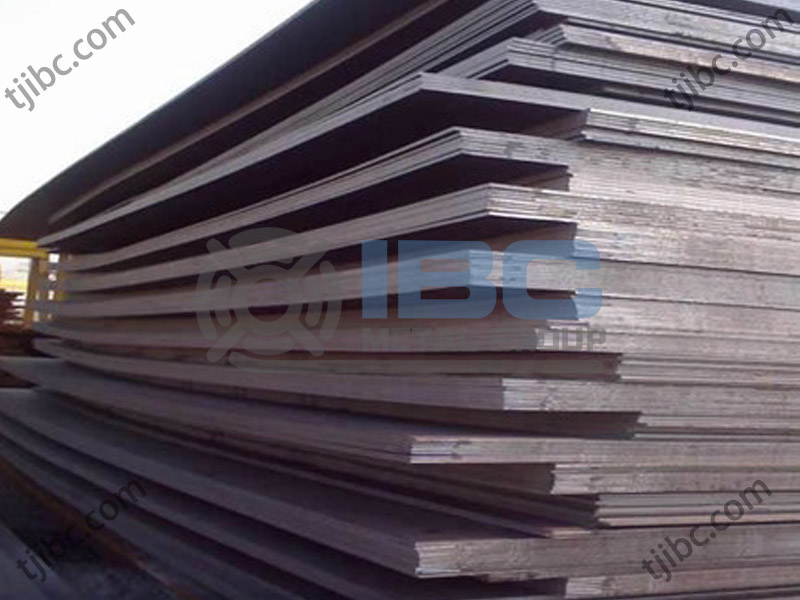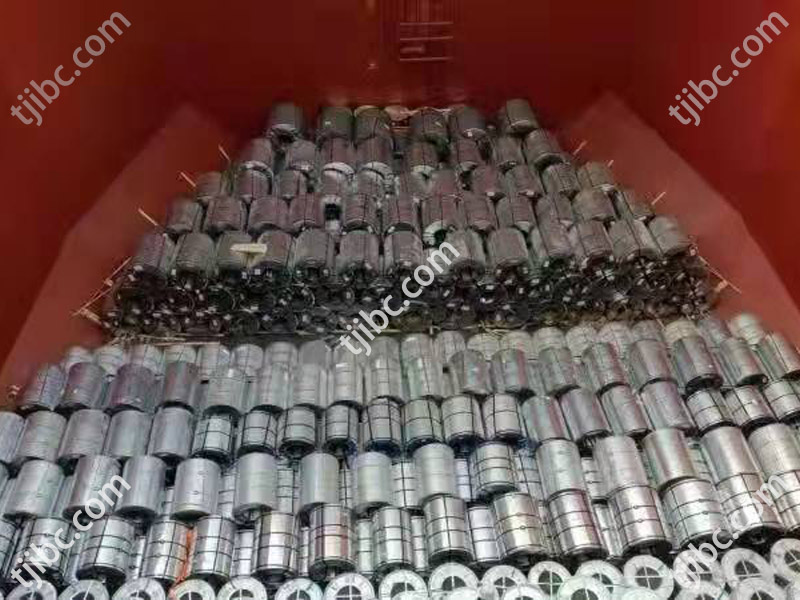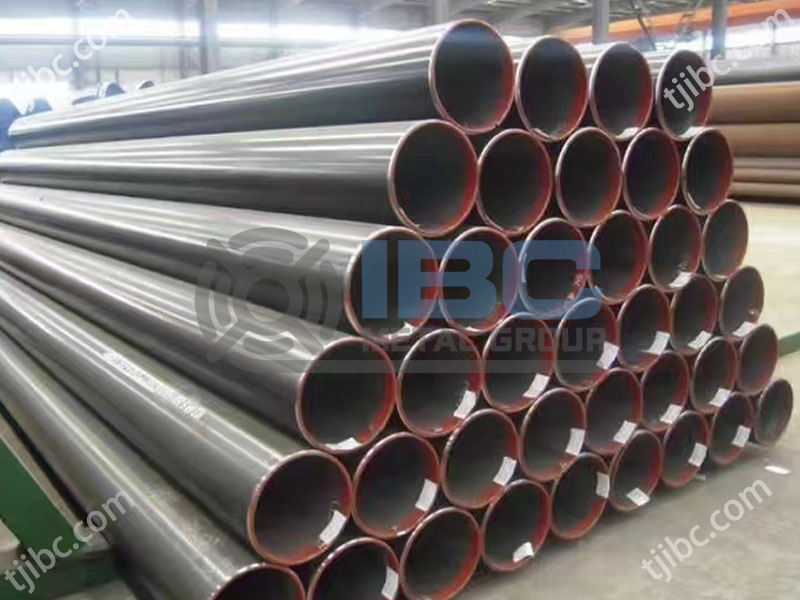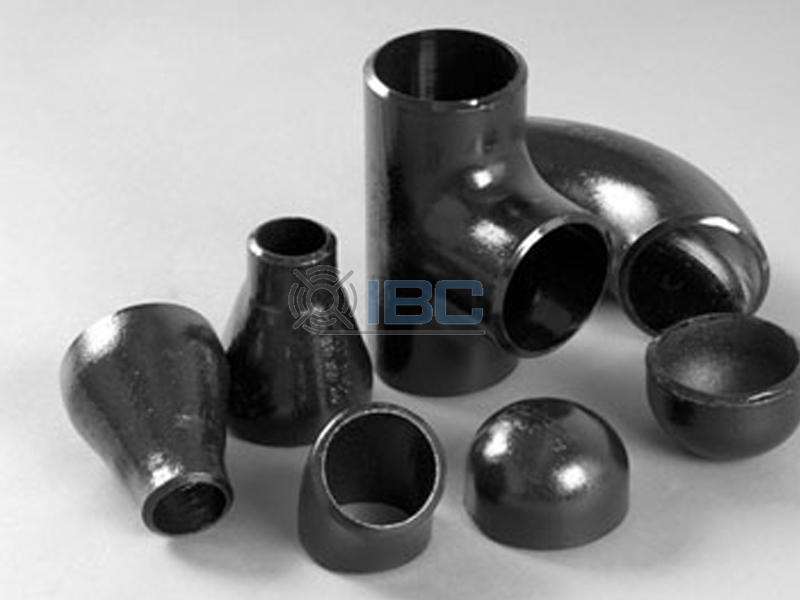Material Characteristics of 2205 Mirror Stainless Steel Sheet
Duplex stainless steel: 2205 mirror stainless steel sheet belongs to duplex (austenitic – ferritic) stainless steel. It contains about 22% chromium, 2.5-3.0% molybdenum, and 4.5-6.5% nickel. This makes it perform well in a variety of corrosive environments. Especially in seawater, chloride and sulfuric acid and other environments, its corrosion resistance is far better than the traditional 304 or 316 stainless steel.
High strength and toughness: Compared with other types of stainless steel, this steel plate has higher strength and better toughness. It can withstand higher working stresses and harsher operating conditions. This extends service life and reduces maintenance costs.
Excellent weldability: The material has good weldability. Whether it is manual welding, TIG welding or MIG welding, high quality welded joints can be achieved, and the corrosion resistance of the material after welding is almost unaffected.
Production Process of 2205 Mirror Stainless Steel Sheet
1. Prepare raw materials
Material selection: The factory will choose high quality ferroalloy, nickel, chromium, molybdenum, nitrogen and other metal raw materials. These elements are the key components of the 2205 stainless steel sheet.
Purification treatment: Clean the raw materials and remove impurities to ensure the purity of the raw materials.
2. Smelting and casting
Vacuum melting: Under the protection of vacuum or inert gas, high temperature melting is carried out by electric arc furnace or induction furnace to ensure the uniformity of alloy composition and prevent oxidation.
Casting molding: Molten steel is poured into the mold to form a billet or ingot.
3. Hot rolling
Heating: Workers will feed the billet or ingot into the heating furnace and heat it to the appropriate temperature (usually between 1100 and 1250°C). This softens the billet for subsequent processing.
Roughing: The billet is rolled into thicker steel plates by roughing mill at high temperatures.
Finishing rolling: followed by multi-pass finishing rolling, gradually reduce the thickness of the steel plate, while improving its surface quality and internal organization.
4.Anneal
The annealing treatment is to eliminate the internal stress and improve the microstructure of steel plate during the rolling process. The steel plate is heated to a certain temperature (usually below the melting point), held for a period of time and then slowly cooled.
5. Pickling
Use acid or acid solution (such as sulfuric acid, hydrochloric acid mixture) to remove oxidation, rust and other impurities from the surface of the steel plate and improve the surface finish.
6. Surface treatment
According to the need, polishing, sandblasting, coating and other surface treatment. This can improve the appearance quality and corrosion resistance of the steel plate.
Specifications | IBC Group
Thickness: 0.08-3.00mm
Width: 30-2750mm (ultra-wide color coating aluminum sheet in coil)
Material: 1050, 1060, 1100, 3003, 3004, 3105, 5052, 5005, 5754, 5083, 6061,8081 etc
Temper: O, H12, H14, H16, H18, H24, H26, H32, H34, etc
Inner Diameter: 405mm,508mm,610mm
Color: RAL, Pantone Color Or As Alient’s Demand
Coating thickness
PVDF Paint Coating: Not Less Than 25um
PE Paint Coating : Not Less Than 18um
Packing: Export Standard Wooden Pallets (Eye To Wall,Eye To Sky)

Contact with us today!



